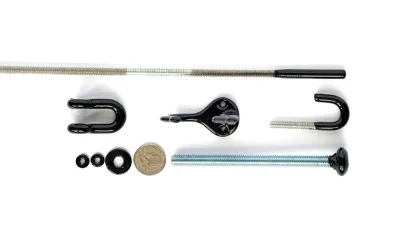Metal plating is a critical process that improves the functionality of various products. Zinc plating is one of the popular processes used across different industries. It’s the application of a thin zinc coating on ferrous metal components to prevent corrosion. Plating with zinc provides a cost-effective way of preventing rust, extending the lifespan of your products, and enhancing their aesthetic appeal.
In this article, we’ll discuss why you may need to consider non-cyanide zinc plating for your product.
Corrosion Protection
One of the primary reasons for considering zinc plating for your product is to protect it from corrosion. Zinc acts as a sacrificial anode that corrodes before the underlying metal. The coating forms a barrier that prevents the surrounding environment from attacking the metal. Zinc plating provides a low-cost, high-performance solution to protect your product from the harsh conditions, extending its life and preserving its appearance.
Cost-Effective Solution
Plating in zinc offers an affordable option to protect your products against deterioration. Since the coating forms a barrier between the metal and the environment, it significantly extends the lifespan of the products. The process is also efficient and easy to apply, making it an ideal option for mass production. It is also a cost-effective solution for your product, especially for high-volume production.
Aesthetic Appeal
In addition to the protection from corrosion, zinc plating also enhances the aesthetic appeal of your products. Plating in zinc produces a bright, shiny finish that improves the overall look of the product. You can opt for different levels of brightness, depending on your desired finish. The finish is also uniform, making it ideal for applications that require a consistent look.
Improved Conductivity
It also offers improved conductivity for electrical components. The coating acts as a conductor, allowing electrical current to pass through easily. It’s particularly useful for industries that utilize electrical equipment, as it improves the efficiency of the system.


